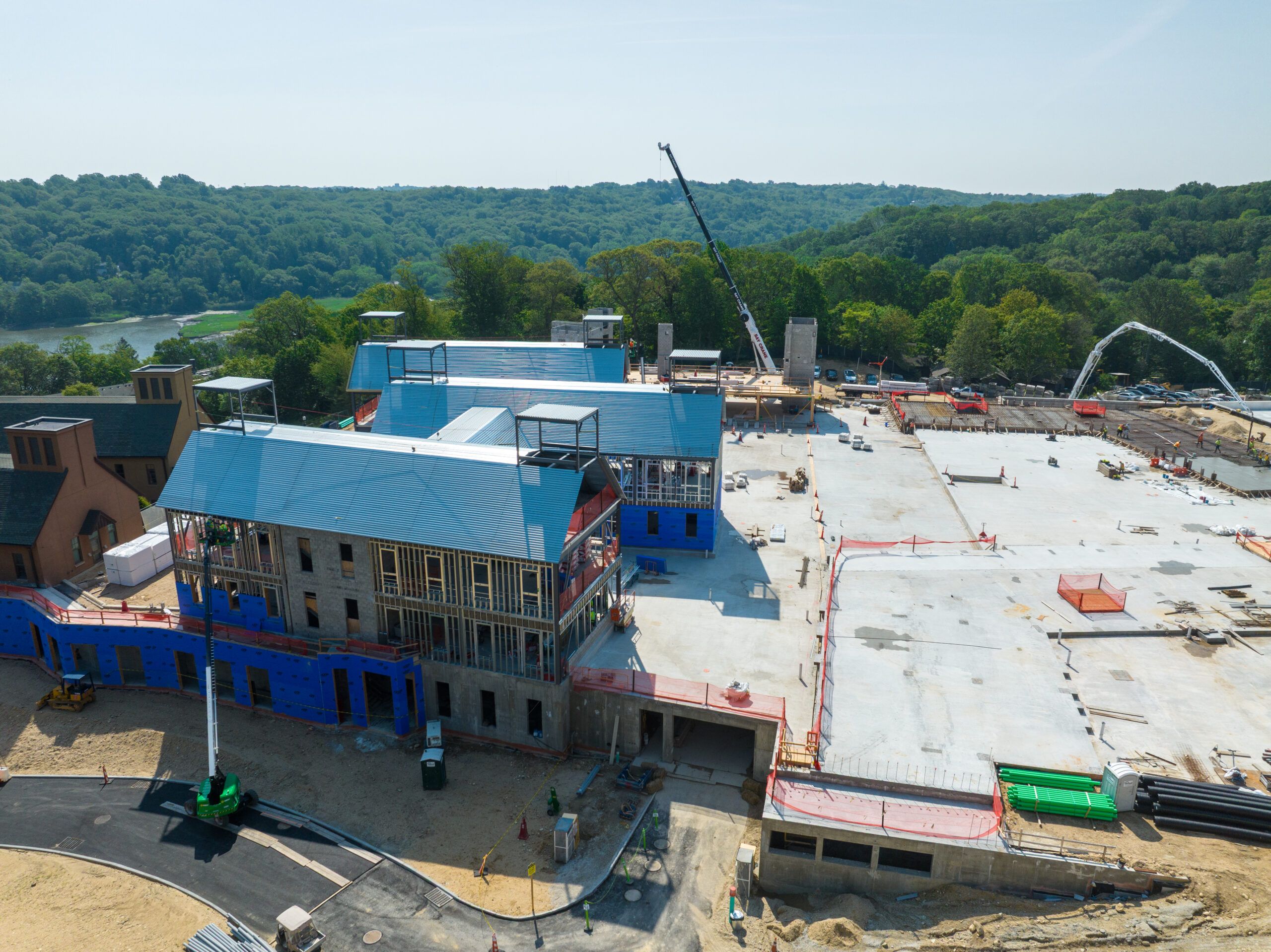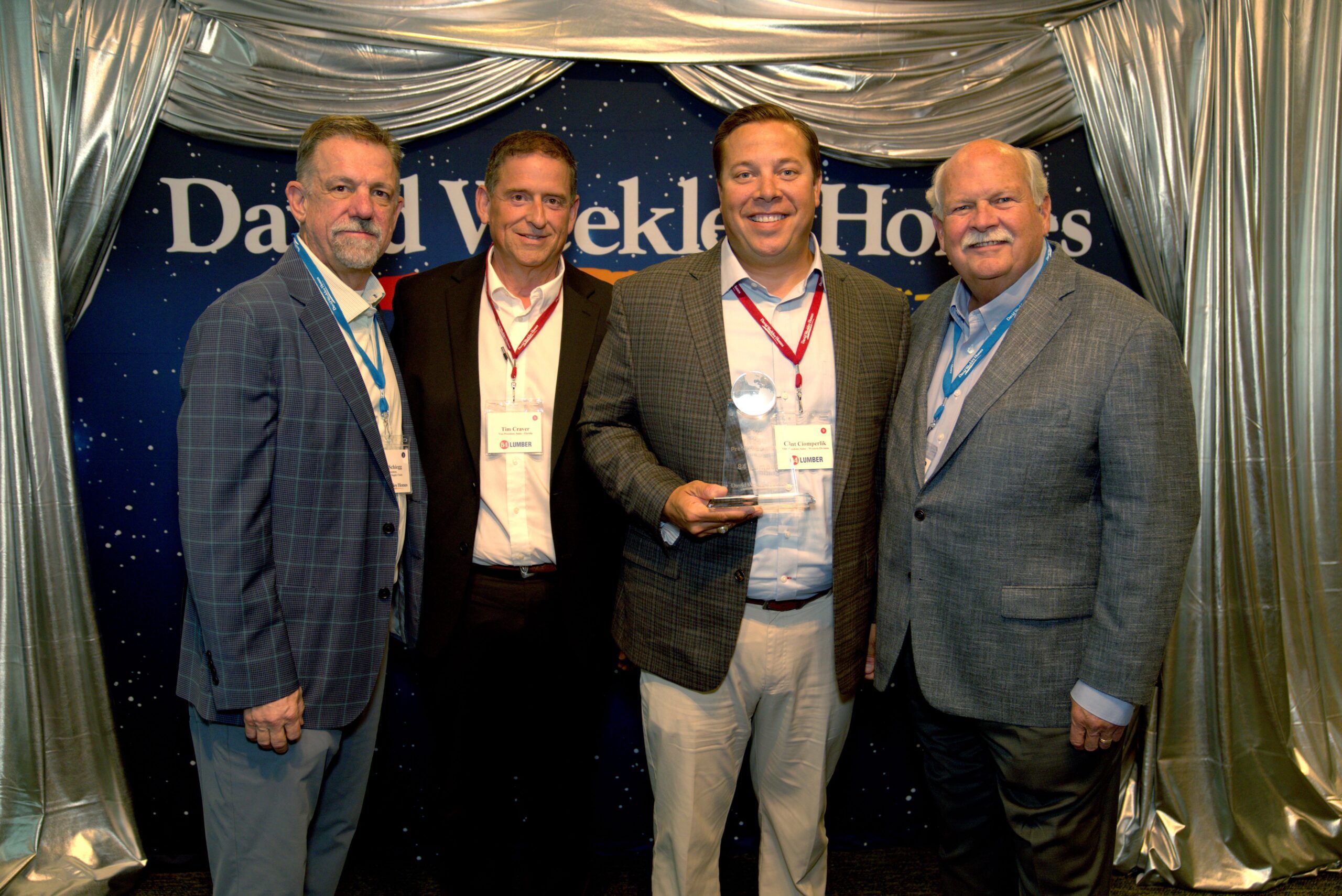- Temporary power is essential for construction sites, providing electricity for tools, lighting, and equipment before permanent connections are available.
- Proper installation involves site assessment, professional setup, safety inspections, and compliance with local regulations to prevent hazards.
- Regular maintenance, power usage monitoring, and routine inspections help ensure a stable and safe power supply throughout the project.
- Budgeting wisely by comparing providers, renting equipment when necessary, and accurately estimating power needs can help control costs without compromising safety.
If you’re starting a construction project, one of the first things you’ll need is a reliable power source. Since most sites don’t have permanent electricity during the early stages, temporary power is essential for running tools, lighting, and equipment. Without it, your project could face unnecessary delays and safety risks.
Setting up temporary power might seem straightforward, but there’s much to consider. You’ll need the right equipment, a safe installation process, and compliance with local regulations. Choosing the best setup can save you time, money, and headaches.
In this guide, we’ll break down everything you need about temporary power for construction sites. From understanding the basics to selecting the correct setup, you’ll be well-prepared to keep your project running smoothly.
Understanding Temporary Power for Construction
Temporary power is a short-term electrical setup that supplies energy to a construction site. Since most new builds and major renovations lack permanent power connections, this system ensures workers can access electricity throughout the project.
Key Components of Temporary Power
To get a clear picture of how temporary power works, let’s look at the essential components:
- Power Poles – These provide an elevated connection point for electricity, ensuring safe distribution throughout the site.
- Meters & Switchboards – These regulate power flow and provide a safe way to distribute electricity to different parts of the site.
- Outlets & Distribution Boards – These connect tools, machinery, and lighting.
- Cabling & Grounding Systems – Critical for preventing electrical hazards and ensuring stable power delivery.
Regulations and Safety Standards
Temporary power setups must meet strict safety codes to prevent accidents. Some key regulations to be aware of include:
- Ensuring poles and switchboards are installed by a licensed electrician.
- Keeping power lines clear of structures and high-traffic areas.
- Conduct regular safety inspections to detect potential hazards.
Understanding these components and regulations is the first step to ensuring a safe and efficient power setup.
Choosing the Right Setup for Your Construction Site
Selecting the best temporary power setup depends on several factors, including project size, location, and energy needs. A well-planned power system will ensure seamless operations and reduce downtime.
Key Considerations for Temporary Power
When planning your setup, consider the following:
- Site Layout & Accessibility – The location of power poles and switchboards should be strategic to prevent long cable runs and potential hazards.
- Energy Requirements – Larger sites with heavy machinery will need a more robust power supply than smaller residential projects.
- Weather & Environmental Factors – If your site is in an area prone to extreme weather, you may need extra protective measures for electrical equipment.
The Role of Power Pole Brisbane Services
Working with a power pole Brisbane provider can help ensure your site gets a reliable and compliant temporary power solution. These services handle everything from installation to maintenance, ensuring the system meets local regulations and site-specific needs.
Working with Local Providers
Since power setup requirements vary, partnering with a local provider ensures compliance with Queensland’s electrical safety laws. They can also assist with securing the necessary permits and inspections before activation.
By planning your temporary power setup correctly, you’ll avoid common pitfalls and keep your construction project running without interruptions.
Installation and Safety Guidelines
Proper installation is the next step once you’ve planned your temporary power setup. This process involves more than just placing a power pole and plugging in equipment—it requires careful planning, adherence to safety regulations, and professional installation to prevent hazards.
Steps for Installing Temporary Power
- Site Assessment & Planning – A licensed electrician should evaluate the site to determine the best location for power poles, switchboards, and outlets.
- Setting Up Power Poles & Equipment – Poles should be securely installed, with wiring properly insulated and positioned to avoid obstructions.
- Connecting to the Grid – Depending on the location, your provider will coordinate with the local electricity network to establish a temporary connection.
- Installing Safety Features – Grounding systems, circuit breakers, and weatherproofing measures should be added to protect against overloads and environmental damage.
- Final Inspection & Activation – Before using the setup, an inspection must be conducted to ensure compliance with safety standards.
Safety Precautions to Follow
Temporary power installations come with risks, so following strict safety protocols is essential:
- Keep power lines clear of structures and heavy equipment – Avoid placing cables in high foot or vehicle traffic areas.
- Use weatherproof enclosures – Protect switchboards and outlets from rain, dust, and debris.
- Perform routine safety checks – Inspect cables, connections, and outlets for damage or wear.
- Ensure proper grounding – This helps prevent electrical shocks and power surges.
- Train workers on electrical safety – Everyone on-site should know how to handle electrical equipment safely.
Permits and Inspections
Before activating temporary power, you must obtain the necessary permits and pass an inspection. Electrical authorities will check for compliance with regulations, ensuring the system is safe. Failing to secure proper approvals can lead to fines or shutdowns, so it’s best to handle this step early.
Managing and Maintaining Temporary Power on Site
Once your temporary power is up and running, monitoring and maintaining the system is crucial to prevent issues. Regular maintenance keeps your setup safe, efficient, and free from unexpected failures.
Monitoring Power Usage
Construction sites often experience power surges due to heavy machinery running simultaneously. To prevent overloads:
- Distribute power usage across multiple circuits.
- Use surge protectors to safeguard equipment.
- Monitor electrical loads, ensuring they don’t exceed the system’s capacity.
Routine Maintenance Tips
- Inspect Cables & Connections Regularly – Damaged or frayed wires should be replaced immediately.
- Check for Overheating – Overloaded circuits can cause fires or system failures.
- Keep Electrical Equipment Dry & Secure – Water and debris can lead to dangerous short circuits.
- Schedule Professional Inspections – Licensed electricians should conduct periodic checks to ensure everything is in working order.
When to Upgrade or Remove Temporary Power
Temporary power is only needed until permanent electricity is installed. Signs that it’s time to transition include:
- Completion of structural work with electrical wiring ready for permanent connection.
- Reduced power demands as the project nears completion.
- Compliance approval for the final electrical installation.
Properly managing and maintaining your temporary power setup ensures a smooth construction process, minimizing downtime and safety risks.
Cost Considerations and Budgeting Tips
Setting up temporary power comes with costs, but careful planning can help you stay within budget while ensuring a safe and reliable system. Understanding the expenses involved and exploring ways to optimize costs can make a big difference in your project’s bottom line.
Breakdown of Temporary Power Costs
Several factors influence the total cost of a temporary power setup, including:
- Installation Fees – This covers the cost of setting up power poles, switchboards, and meters, typically done by a licensed electrician.
- Connection & Service Charges – Utility providers may charge a fee to connect temporary power to the primary grid.
- Equipment Rental or Purchase – Depending on the project’s duration, you may need to rent or buy power poles, cables, and switchboards.
- Inspection & Permit Fees – Local authorities may require permits and safety inspections before power activation.
- Ongoing Maintenance Costs – Regular inspections and repairs help prevent unexpected failures but come with additional expenses.
Saving Money Without Compromising Safety
While temporary power is a necessary investment, there are ways to reduce costs:
- Rent Instead of Buying – Renting power equipment is often more cost-effective for short-term projects.
- Bundle Services – Some providers offer package deals that include installation, maintenance, and inspections at a lower cost.
- Plan Your Power Needs Accurately – Avoid overestimating your energy requirements to prevent unnecessary expenses on oversized equipment.
- Compare Multiple Providers – Getting quotes from different suppliers can help you find the best deal without sacrificing quality.
Rental vs. Purchase: Which One is Better?
- Renting – Ideal for short-term projects, offering flexibility without long-term commitments.
- Buying – A good option for contractors who frequently need temporary power across multiple projects.
Understanding these costs and budgeting accordingly will ensure your construction project runs efficiently without unexpected financial setbacks.
Conclusion
Setting up temporary power correctly is essential for keeping a construction project on schedule and ensuring a safe work environment. From selecting the right equipment to following proper installation and maintenance practices, careful planning can prevent costly delays and safety hazards.
By working with experienced professionals and following local regulations, you can ensure that your temporary power system is efficient and compliant. Whether managing a large-scale development or a smaller residential build, having a reliable power source will keep operations running smoothly from start to finish.
With the right approach, temporary power doesn’t have to be complicated or expensive. A well-planned setup will save time, reduce risks, and provide the electricity needed to complete the job efficiently.











